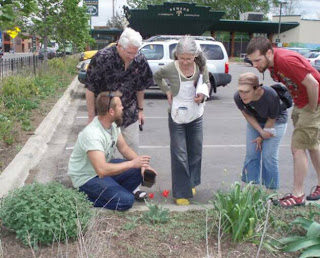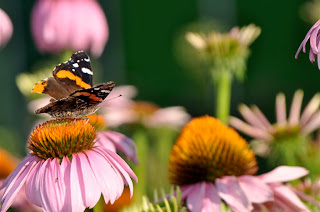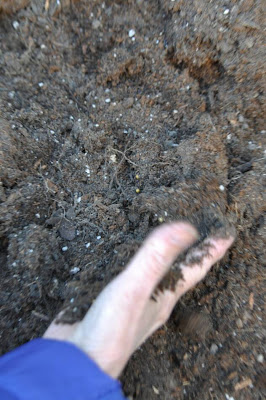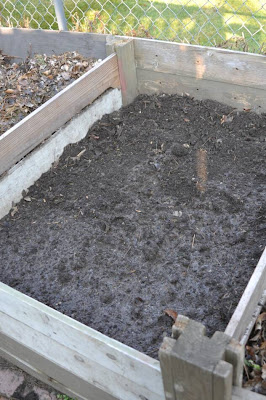Whenever a young person learns to garden, the future grows a little more green and healthy. When an entire school learns to garden together, sustainability sprouts in the imaginations of tomorrows community. This spring, Giving Tree Gardens worked with the Anoka-Hennepin School District to teach some of the basics of Earth- friendly food gardening to students at two schools in the district. We had so much fun working with students and staff that we’ve just got to share the good times with the rest of the world.

Imagine what our communities would look like today, if all of us as kids had the opportunity to learn to grow our own food at school. Instead of learning to grow food, the daily school lunch is the most engaging and oft repeated lesson that our kids get about food. What is that lesson?

It was an honor for us at Giving Tree to be invited to garden with the students at Mississippi Elementary and Northdale Middle School in Coon Rapids. Composting, edible weeds, the importance of avoiding chemicals, soil preparation, seed planting, native plants, habitat creation, and companion planting were the subjects of 3 all day gardening classes. School staff and teachers brought the students out in shifts. Over 400 students were able to get their hands dirty digging in to learn how to grow healthy food and habitat.


At Mississippi Elementary we built on a theme that we had started last year when we extended the garden installation within the schools Nature Center to include 6 crescent moon shaped garden beds. Every grade came out to plant, and each got their own garden bed to prepare and plant with different companion planting arrangements. Within each bed we also planted one native butterfly attracting plant so that we made sure to grow habitat for our winged friends along the way.
At Northdale Middle school we worked with 7th and 8th grade students in the schools AVID program to plant a highly accessible veggie garden and two fruit trees right out the back door. Plants were all arranged in companionship groupings, and both the apple and pear tree that were planted were given their best friend plants of dill and mint to grow by. Some of the students were very impressive with their strong knowledge about organic vegetable gardening!

Both of these school projects were funded by SHIP grants (State Health Improvement Program) from the State of Minnesota Health Department. These grants are designed to “help Minnesotans live longer, healthier lives.” Gardening for medicinal and edible plants as well as sustainable habitat development are among the most effective long term strategies we have available for increasing health in our communities.
Imagine how healthy our children would be if all of our schools had organic student led gardens to grow even half of the food the kids eat for lunch. Thanks to the SHIP grants, and the imaginative staff in the Anoka-Hennepin Schools and school district, we have planted the seeds of healthy change in a couple of local schools.



























